White, English drummers in their twenties; I sometimes wonder if there’s a more musically ignorant breed to sit behind a drum set – including myself at that time of life. They think that listening to a few Chili Peppers or Living Colour CD’s gives them a handle on ‘Funk’ drumming; as I was to discover for myself, this is so not the case. A few basic syncopated, heavily executed Rock grooves under ones belt does not turn you into Zigaboo Modeliste overnight; it takes another decade, if you’re lucky, for the penny to drop on what is Funk drumming.
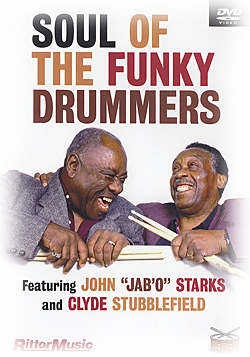 Thanks to educators like Zoro and Jim Payne and an awesome DVD, the magic lying within the work of James Brown that remained hidden to me for the first three decades of my life was finally set free. Perhaps it’s down to an ‘age thing’; a bit like when they say, you only ‘get’ Jazz when you’re much, much older? Well, there’s a connection somewhere in that statement because every one of Brown’s pioneering drummers were rooted in Jazz, taking what was already a Black American art form still under development, and giving birth to what we now know as Funk. Anyone who thinks they know what Funk drumming is and hasn’t studied the first ten years work of James Brown, needs to get down and dirty with those reissued CD’s and get themselves an education.
Thanks to educators like Zoro and Jim Payne and an awesome DVD, the magic lying within the work of James Brown that remained hidden to me for the first three decades of my life was finally set free. Perhaps it’s down to an ‘age thing’; a bit like when they say, you only ‘get’ Jazz when you’re much, much older? Well, there’s a connection somewhere in that statement because every one of Brown’s pioneering drummers were rooted in Jazz, taking what was already a Black American art form still under development, and giving birth to what we now know as Funk. Anyone who thinks they know what Funk drumming is and hasn’t studied the first ten years work of James Brown, needs to get down and dirty with those reissued CD’s and get themselves an education.
We’re talking about guys like Clayton Fillyau, John ‘Jabo’ Starks, Clyde Stubblefield, Melvin Parker; the drummers who took Brown’s rhythmical grunts and turned them into living drum parts with pretty much zero recognition. If you worked for Brown, it appeared that by virtue of just being on the pay-roll, any claims to recognition for musical contribution was waivered in favour of silent anonymity and a regular pay cheque. It would take at least two decades in the wilderness before the drum world woke up to what these unsung heroes contributed to the history of Funk music. In today’s slick world of legal music specialists, it would probably be a lot harder for Brown to gather his band in a studio, throw over a few musical directions, let them take the reins and turn a germ of an idea into a fully flowered song; without giving his musicians a portion of the writing credit. But these were the days of the music business in its naïve, corruptible infancy; where rules didn’t exist and lawsuits were for rich white folks, never mind for a race of American’s who still had to endure the vile, racial inequality of a retarded society.
So why are such simple sounding parts held in such high esteem by drummers like myself, who have long since turned their backs on the razzle-dazzle Olympian drumming of the 21st century? For starters; there are three things you need to play these parts – in abundance:
- 1.) Extreme discipline.
- 2.) Dynamic musical touch.
- 3.) Feel (bags of it).
Not exactly at the top of your drumming hit-list when you’re in your early twenties, but without the above attributes, you don’t have a hope in hell of getting anywhere near the Funk of the Masters. Let’s take the classic ‘Sex Machine’ as an example.
During this song, Jabo Starks does not deviate from the groove; a pattern he sets up between Bass drum, Snare and Hi-Hat, barely audible in parts, but loud enough to distinguish how light some of the stick-work is between the backbeat and skippy ghost notes. On paper, it’s a simple part to play; in reality, it’s a head wrecker once you realise just how far off you are from achieving this greatness. Most guys fall at the first hurdle, realising that after years of high volume playing, they don’t have the facility to play lightly enough; that’s before they realise they’re not allowed to deviate from the groove for five minutes. Yes, that means resisting the temptation to fill and break up the seeming monotony of it all, for which; you will be richly rewarded when you hear how it all fits together. After all, Brown’s bands were Masters when it came to instrument arrangement, creating many beautifully crafted jigsaws of Rhythm Section parts. Listen how the Bass and Rhythm guitars weave between each other whilst Jabo provides his threads of silk, like the work of a spider weaving a dawn masterpiece. It all sticks, perfectly. Deviate and you’re fired. God help future drummers everywhere, if I should come back in another life as an MD for a James Brown tribute band. A harder task-master, they will not find…
So whilst you may not truly appreciate the raw musical genius of the drummers of James Brown until some years into your musical life, at least take a moment to be grateful for what they gave to the history of Funk drumming, saving our skinny white asses from the terrors of line dancing and Hillbilly-isms in the process.
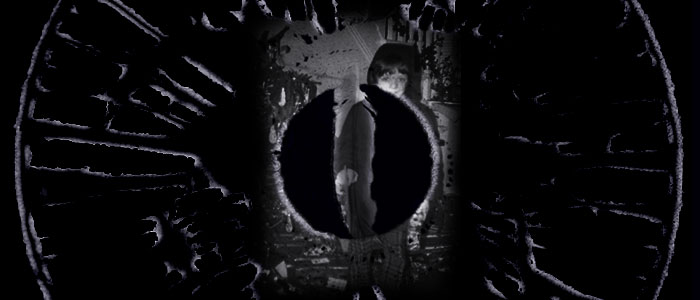
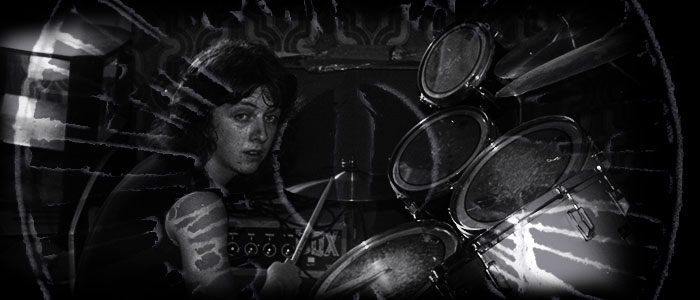
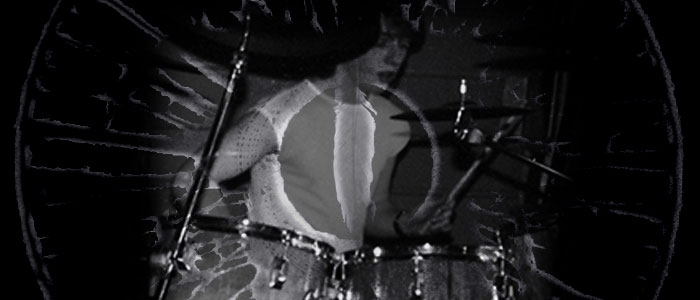
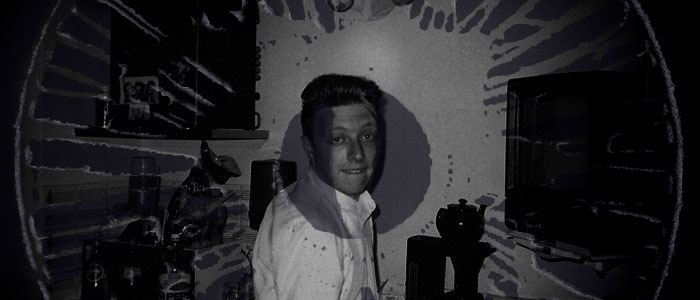

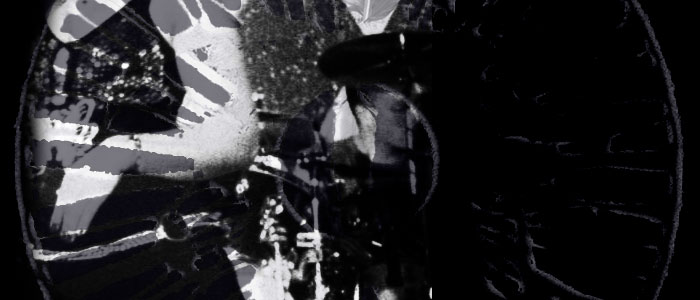
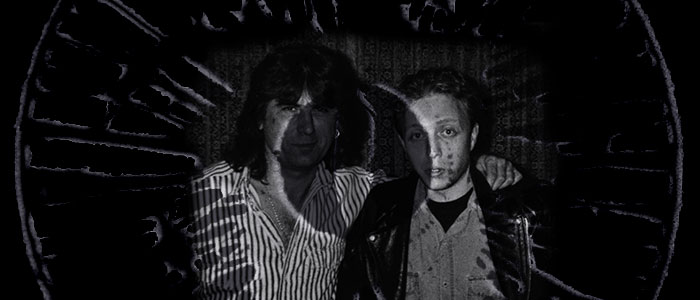
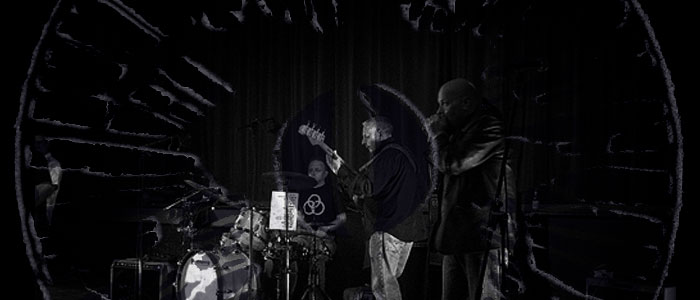
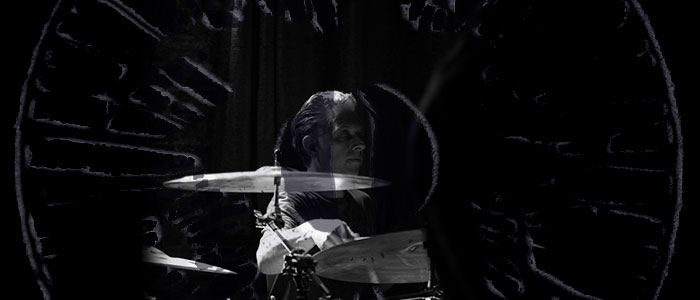
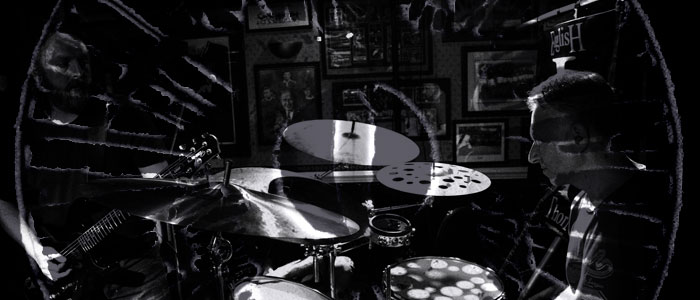
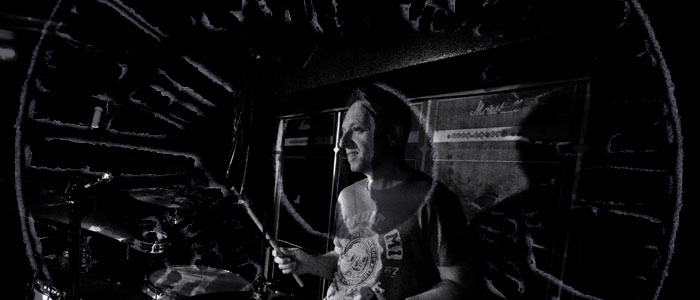
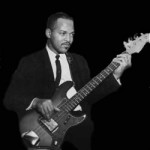
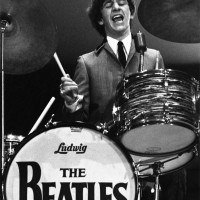
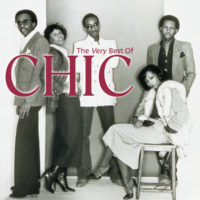

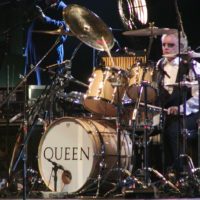
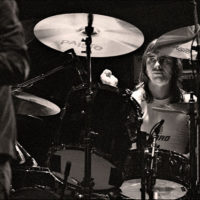
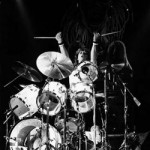
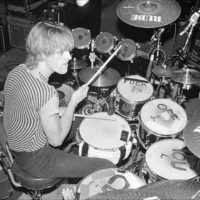

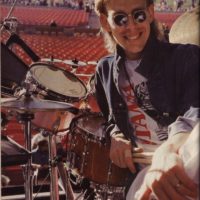
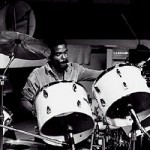

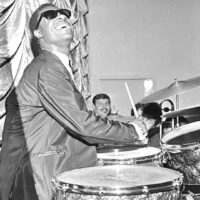
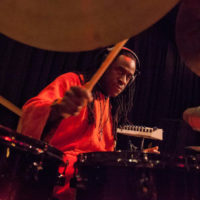
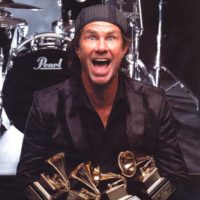

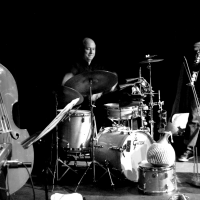
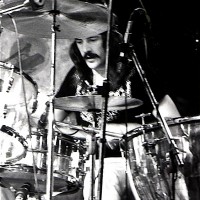
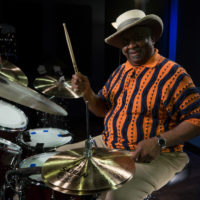
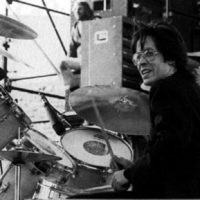
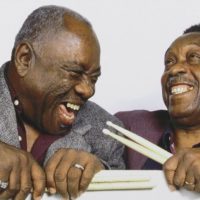
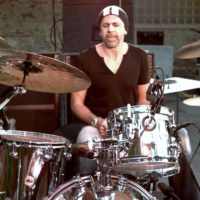

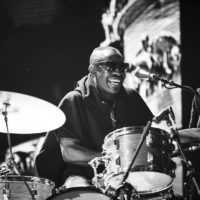
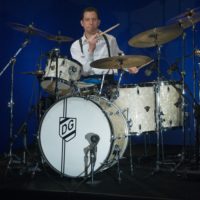

I would like to thank whomever wrote the Drummers Of James Brown piece. You got right to the heart of it, and you’re articulate. You’re a good writer.
Thanks Todd, my words, straight from the heart and written thanks to the inspiration these giants of music have given to so many.
I would love to contact Mel Parker. He and I were in a band together in Viet Nam in 1967. Thanks if you can help.
Unfortunately I have no contact with the talented guys who played with Mr Brown! However, the people at Modern Drummer may well be able to help you as they have contacts everywhere in the business. Good luck in your search and thanks for reading!
Well written, thanks!
i’m looking for Billy Stonewall. Made me Rock Steady !!! in the 70’s, Maureen
Interesting surname Maureen…a piano-man connection surely?
VERY NICE!!!
From a former JB Drummer
Thanks and much respect to you! If you ever came to Liverpool to do gigs in a huge marquee near the waterfront, then I was in the audience, learning…
Sorry that I’m just now seeing this. Yes, I was at the show in Liverpool. If I remember, it was an outdoor festival.
It was at The Albert Dock on the Liverpool waterfront in a huge marquee. If I remember correctly, Mr Brown was late arriving (but I’ll bet he didn’t fine himself!)
I’d also add that these old school drummers like Clyde and Zig aren’t playing on monster sets with 20 cymbals. Nor did they have today’s isolation mounts and other such tomfoolery.
They sounded that good on the kind of drum hardware that was made in the 50’s and 60’s. Next time I hear a drummer complaining about the inadequacy of his DW, Yamaha or Ludwig tom mounts or cymbals stands, I’ll give him an earful of how neither Clyde nor Zig had anything so cool.
As Will Calhoun commented on modern drums, back in the day, all those Motown records were made on drum kits without isolation mounts and metal-to-wood shell contact!
Do you have a chronological order of James Brown drummers? I’m curious about the 2 guys at the 1999 Woodstock show. Thanks for the article!
Unfortunately no, I don’t have a list of any drummers after the ‘classic’ period of his career. My gut feeling is that the main man would have hired & fired people on a basis of need dictated by volume of work. I guess in the early days there was a system of being hired and being put on a wage which may have not been economical during the late 90s when maybe the touring wasn’t like it was in the 60s. I think the main issue is, all the documented studies on his music have been carried out on the ‘golden years’ and very little has been covered after that. Maybe Modern Drummer will have something in their archives with guys who were on the road with him from that period. Somebody out there must know…
Thanks for commenting.